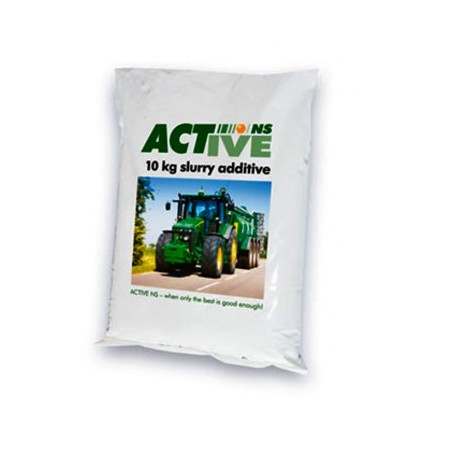Using manure collected from swine fed with diet containing antibiotics and antibiotic-free swine manure spiked with antibiotics are the two common methods of studying the degradation behavior of veterinary antibiotic in manure in the environment. However, few studies had been conducted to co-compare these two different antibiotic addition methods. This study used oxytetracycline (OTC) as a model antibiotic to study antibiotic degradation behavior in manure under the above two OTC addition methods. In addition, the role of microorganisms present in the manure on degradation behavior was also examined.
The results showed that degradation half-life of OTC in manure from swine fed OTC (9.04 days) was significantly shorter than that of the manure directly treated with OTC (9.65 days). Concentration of 4-epi-OTC in manure from swine fed OTC peaked earlier than that in manure spiked with OTC, and the degradation rates of 4-epi-OTC and α-apo-OTC in the manure from swine fed OTC were faster, but the peak concentrations were lower, than those in manure spiked with OTC. Bacterial diversity and relative abundance of Bacillus cereus data demonstrated that sterilization of the manure before experiment significantly decreased OTC degradation rate in both of the addition methods.

Results of the present study demonstrated that the presence of the metabolites (especially 4-epi-OTC) and microorganisms had significant influence on OTC degradation.
Yan Wang, Guixiu Chen, Juanboo Liang, Yongde Zou, Xin Wen, Xindi Liao, Yinbao Wu. Comparison of oxytetracycline degradation behavior in pig manure with different antibiotic addition methods. Environmental Science and Pollution Research. December 2015, Volume 22, Issue 23, pp 18469–18476. DOI: 10.1007/s11356-015-5170-7




